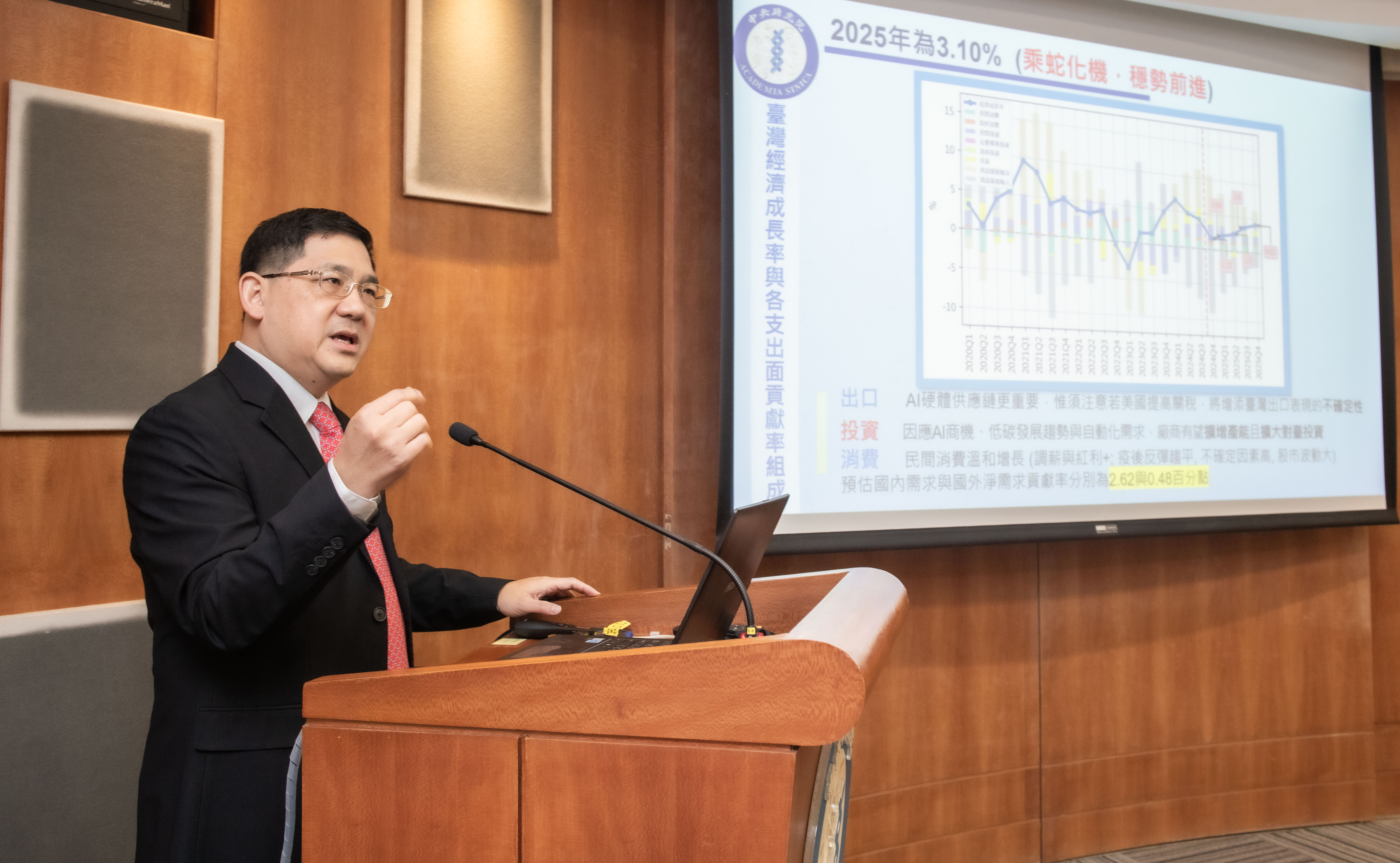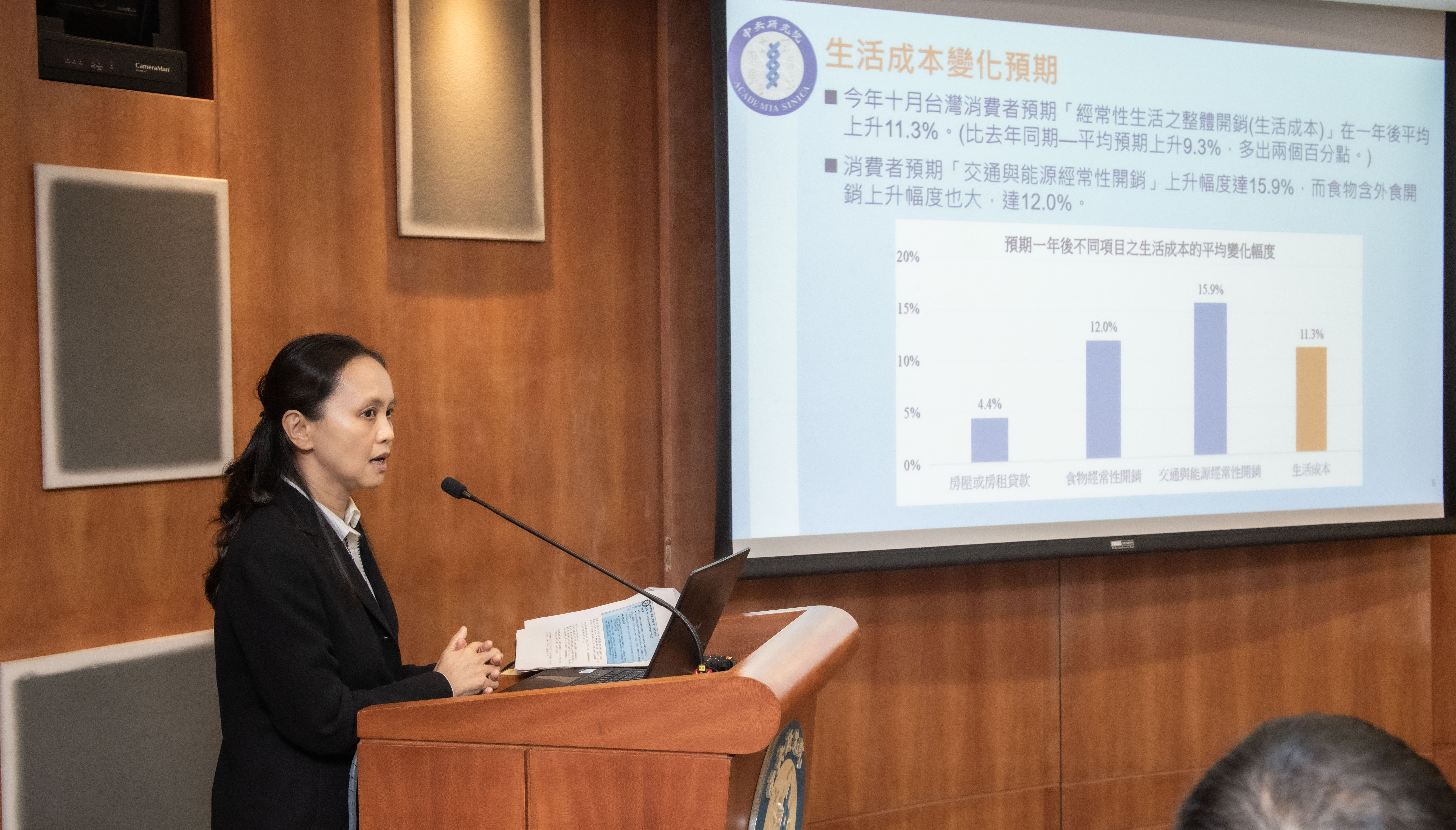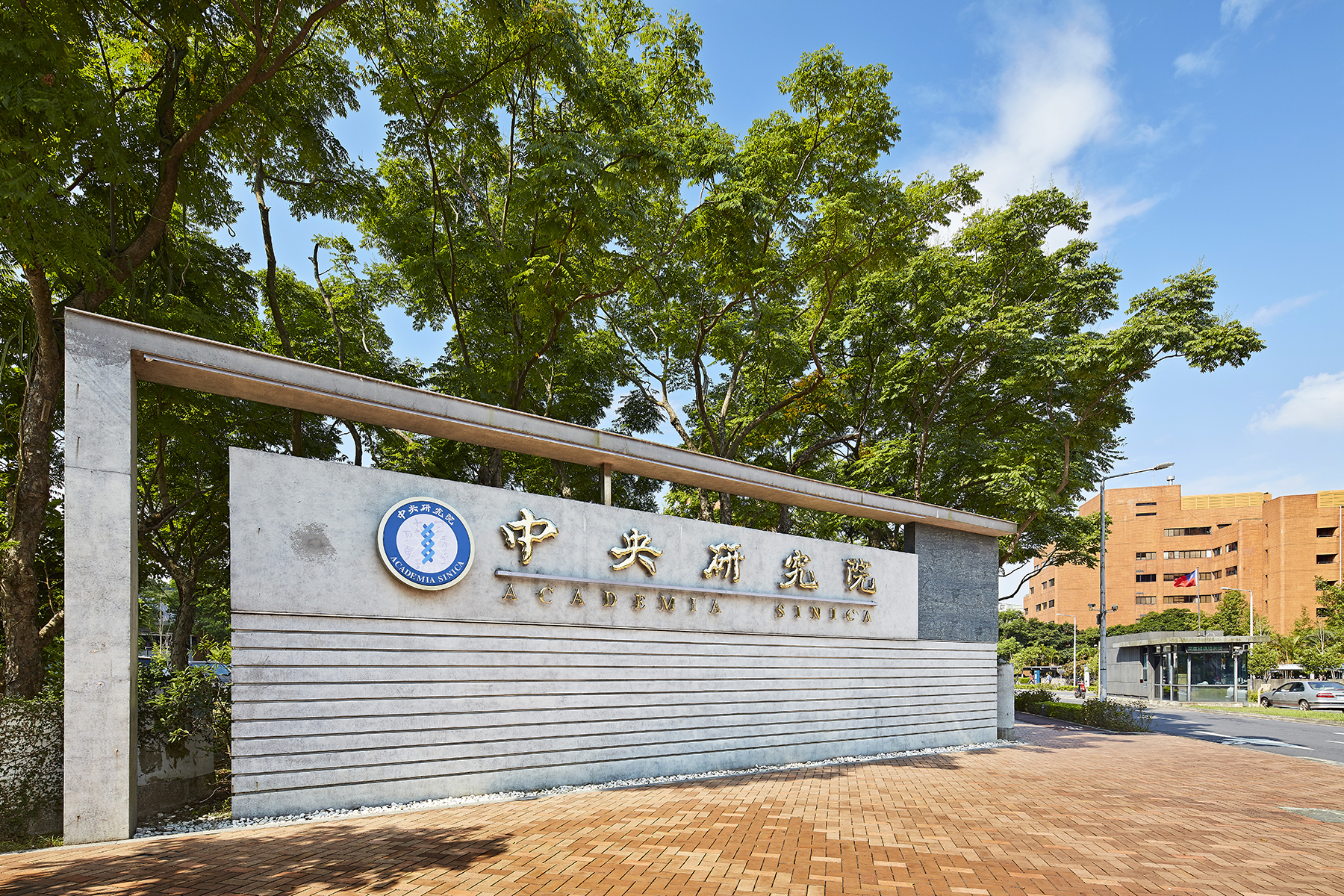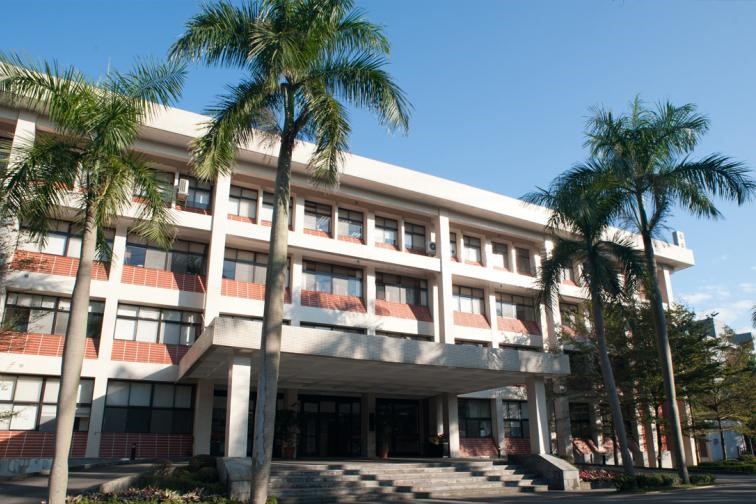Date: 2024-12-23
In 2024, with the continuous expansion of AI applications and a rebound in global merchandise trade, the pace of recovery in the manufacturing sector remains uneven, resulting in moderate global economic growth. Domestically, Taiwan benefited from strong demand for emerging technologies, which bolstered exports and led to better-than-expected investment growth in the second half of the year. Consequently, Taiwan’s real GDP growth rate for the first three quarters reached 5.19%, inducing an upward revision of the economic growth forecast for 2024 to 4.23%, compared to the July estimate. Looking ahead to 2025, the rise of U.S. unilateralism and challenges in China's economic recovery remain critical variables for global trade and economic recovery, significantly influencing Taiwan's economic trajectory. However, the revival of demand for electronic products, coupled with expanding applications in high-speed computing and AI, as well as adjustments in Taiwan's trade policies, is expected to sustain investment momentum. The economic growth rate for 2025 is projected at 3.10%. Domestic and net external demand are estimated to contribute 2.62 and 0.48 percentage points, respectively, underscoring the role of domestic demand as the primary driver of economic growth.
Benefiting from wage growth, which drives income effects, and a bull market that enhances wealth effects, consumer demand for dining, accommodations, and domestic and international travel remained robust. Real private consumption grew by 3.08% during the first three quarters. Retail and catering businesses experienced steady growth, fueled by active leisure activities, sports events, and the continuous expansion of businesses supported by diverse marketing campaigns. The total revenue of the retail and catering industries grew by 2.63% and 3.06%, respectively, in the first ten months. However, with a high base of 7.90% growth last year, real private consumption in 2024 is forecasted to grow by 2.68%. In 2025, adjustments in the basic wage and military, public, and educational salaries, along with strong corporate profitability in 2024, are expected to boost wage increases and bonus distributions, supporting private consumption. However, as post-pandemic consumption rebounds stabilize and uncertainties such as heightened stock market volatility emerge, consumption growth may be suppressed somewhat. Overall, real private consumption growth is expected to moderate to 2.02% in 2025.
In the second and third quarters, strong demand for emerging technologies encouraged businesses to expand investments. Capital equipment imports, priced in NT dollars, surged by 29.59% in the third quarter, with semiconductor equipment growing by over 30%. In addition, real private investment grew by 8.42% in the third quarter. Considering the low base effect, the annual growth rate for real private investment in 2024 is forecasted at 4.70%. In 2025, robust demand for AI-driven opportunities, low-carbon development trends, and automation is expected to further stimulate investments. International corporations are also anticipated to increase investments in Taiwan. The annual growth rate for real private investment is projected at 5.46%. Public infrastructure investments are expected to grow steadily. We expect real fixed capital formation to increase by 5.39% in 2024 and 5.62% in 2025.
Driven by demand for high-performance computing and AI, exports of electronic and information technology products experienced strong growth, with real exports and imports of goods and services growing by 8.92% and 14.71%, respectively, in the third quarter. Supported by the year-end holiday season, stockpiling, and investment needs, the annual growth rates for real exports and imports in 2024 are projected at 9.17% and 11.93%, respectively. In 2025, Taiwan’s role in the AI hardware supply chain is expected to strengthen, supporting sustained foreign trade growth. However, U.S. tariff policies may pose uncertainties for Taiwan’s export performance. While such policies may create opportunities for order transfers, they could also impact related industries. Overall, the annual growth rates for real exports and imports of goods and services in 2025 are forecasted at 6.53% and 7.17%, respectively.
In the first eleven months of 2024, the annual growth rate of goods prices fell below 2%. However, prices for dining out, rents, and healthcare services remained elevated, leading to a 2.47% annual growth in service prices over the same period. The Consumer Price Index (CPI) increased by an average of 2.18%, while the core CPI rose by 1.90%. The Producer Price Index (PPI) grew by 1.22% due to fluctuations in raw material prices and electricity rate hikes in April and October. For the full year of 2024, CPI and PPI are projected to grow by 2.19% and 1.42%, respectively. In 2025, ongoing wage adjustments, influenced by the two electricity rate hikes this year, along with consumer expectations of price increases, are expected to sustain inflationary pressures. CPI and PPI for 2025 are forecasted to grow by 2.02% and 1.40%, respectively.
The average unemployment rate for the first ten months of 2024 was 3.39%, down from 3.51% during the same period in 2023, indicating stable employment conditions. Unemployment rates for 2024 and 2025 are forecasted at 3.37% and 3.26%, respectively. The growth rates of M1B and M2 were 4.78% and 5.90%, respectively, in the first ten months, with M1B growth outpacing the 2.82% recorded during the same period last year. Considering a stable domestic economy, funding activity is expected to remain robust, with M1B and M2 growth rates projected at 3.68% and 3.64%, respectively, in 2025.
As President Trump assumes office, the global economic environment in 2025 is anticipated to face higher uncertainty. Key concerns include the intensity of U.S. trade protectionism policies, the responses of major economies, and potential inflation from steep U.S. tariffs on imports, which may challenge monetary policy and trigger global financial market volatility. Additionally, deteriorating international trade conditions may accelerate supply chain restructuring and market fragmentation. China’s weak domestic demand and overcapacity remain unresolved challenges. Taiwan must work to transform these challenges into opportunities. Considering uncertainties and potential forecast errors, the 50% confidence interval for Taiwan’s real GDP growth rate in 2025 is projected to range from 1.72% to 4.07%.
-
Ms. Yun-Chi Chen, Administrative Assistant, Institute of Economics
(02) 2782-2791#621,ycchen@econ.sinica.edu.tw
-
Ms. Yi-ling Lee, Media & Public Affairs, Secretariat, Academia Sinica
(02) 2787-2717,cvcc54@as.edu.tw
-
Ms. Steffi Tung Lin, Media & Public Affairs, Secretariat, Academia Sinica
(02) 2789-8820,tunglin@as.edu.tw
-
 Academician Shin Kun Peng Secretary-General of Academia Sinica gave opening remarks. Photo credit: Academia Sinica.
Academician Shin Kun Peng Secretary-General of Academia Sinica gave opening remarks. Photo credit: Academia Sinica.
-
 Yu-Chin Hsu Acting Director of the Institute of Economics gave opening remarks. Photo credit: Academia Sinica.
Yu-Chin Hsu Acting Director of the Institute of Economics gave opening remarks. Photo credit: Academia Sinica.
-
 Chang Ching Lin Adjunct Joint Research Fellow Institute of Economics. Photo credit: Academia Sinica.
Chang Ching Lin Adjunct Joint Research Fellow Institute of Economics. Photo credit: Academia Sinica.
-
 Shu Chun Yang Research Fellow Institute of Economics. Photo credit: Academia Sinica.
Shu Chun Yang Research Fellow Institute of Economics. Photo credit: Academia Sinica.









 Home
Home
